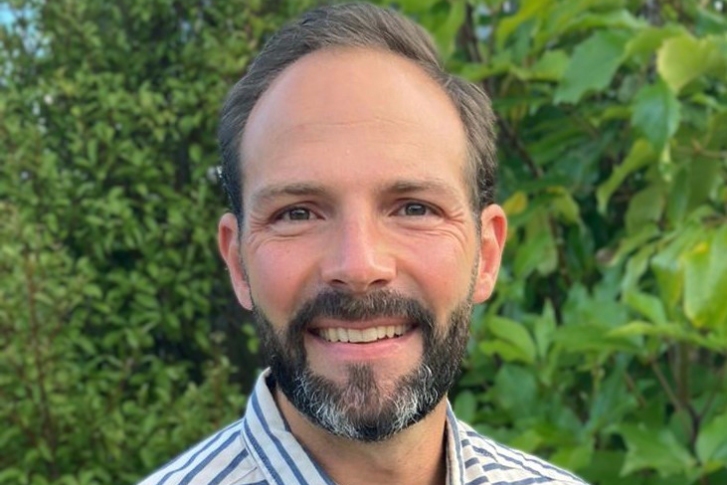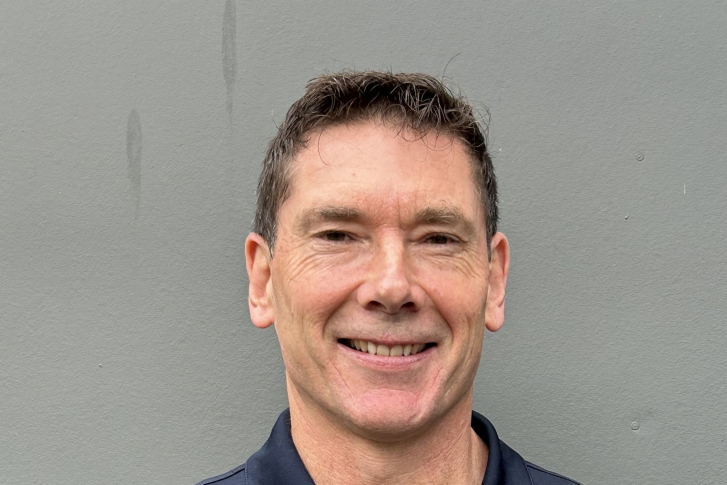Future Coasts Aotearoa is a five-year (2021-2026) collaborative research programme led NIWA that aims to transform coastal lowland systems threatened by relative sea-level-rise into prosperous communities
Aotearoa New Zealand’s coastal lowlands are our flat low-lying land (or plains) adjacent to coasts and estuaries. Our coastal lowlands are valued for many reasons, including unique ecological wetlands, cultural sites of significance, valued recreational areas, highly-productive agriculture and are popular places to live.
Unstoppable sea-level rise (SLR) will force changes to coastal lowlands and our use of these environments.
Future challenges include:
- Rising groundwater levels
- Increasing frequency of coastal flooding and permanent inundation
- Salinisation (salt-intrusion to fresh groundwater)
- Loss of productive farmlands
- Coastal squeeze, which is the loss of intertidal habitat “squeezed” between rising seas and inland barriers
- Loss of ecologically unique and culturally significant wetland ecosystems.
Communities who depend on these coastal lowlands face considerable barriers to successfully transforming in the face of relative sea-level rise. Transformation requires developing the right tools to achieve “whole-of- system” adaptation across social and cultural well-beings, economic systems and natural environments. Successful transformation is achieved by supporting iwi/hapū/whānau aspirations as we balance protection and existing land-use rights with efforts to preserve and enhance ecological habitats.
Future Coast Aotearoa addresses this challenge by investigating how we can successfully transform coastal lowlands in terms of what to do, why to do it, where and when to do it?
Our overarching science challenge for Future Coast Aotearoa is to:
- Enhance the evidence base for sea-level rise risks (exposure, consequences, evolving environmental states, adaptation thresholds, positive/negative feedbacks)
- Build fit-for-purpose, multi-well-being evaluation tools, and
- Fold them into a dynamic adaptive planning and decision-making framework that transparently compares adaptation preferences in terms of costs, benefits, risks and opportunities across connected social, cultural, economic and natural systems.
Research programme
The research is shared across three interacting aims:

Partners & collaborators
Partnering with mana whenua
Integral to this research project is working with coastal marae, hapū and whanau to support their research aspirations and needs in the face of a changing climate.
One such partnership is with Te Puuaha whaanau (lower Waikato River) who are thinking long-term about the opportunities to work with nature and climate change to enhance environmental, social and economic outcomes. The partnership will build a climate resilience framework for their community and help build Māori worldview into the multi-well-being evaluations and associated decision-making processes.
We are finalising plans for a Kaituna River case study collaboration with the Te Maru o Kaituna who are seeking to restore, protect and enhance the environmental, cultural and spiritual health of the Kaituna River. We will engage with mana whenua in our other proposed case study site as these are decided.
Our research partners
| Partner | Role |
|---|---|
| NIWA | Overall programme lead Social sciences of communities facing coastal adaptation Economic analysis over four well beings NZ surface water model Estuarine sedimentary processes and wetland evolution Blue carbon sequestration Coastal adaptation options Multi-hazard geospatial risk modelling via Riskscape |
| GNS | NZ groundwater table modelling Coastal adaptation policy/planning |
| Market Economics | Economics modelling with environmental and social dimensions |
| University of Canterbury | Groundwater interactions and coastal aquifers. PhD student supervision |
| Swampfrog Environmental | Wetland evolution research Mana whenua partner for Lower Waikato River (Te Puuaha whanau) |
| University of Waikato | Wetland evolution measurement and modelling. PhD student supervision |
| U.S. Geological Survey | Modelling climate evolution of coastal wetland systems |
| Komanawa Solutions | Groundwater salinisation and adaptation thresholds |
| Deliberate | Systems mapping of interconnected processes to underpin economic modelling |
| University of Queensland | Conservation and restoration of coastal wetlands Wetland evolution modelling |
| Infometrics | Multivariate economic modelling and options analysis |
| Bell Adapt | Coastal hazards, adaptative management and decision-making |
| TU Delft | Decision-making under deep uncertainty |



